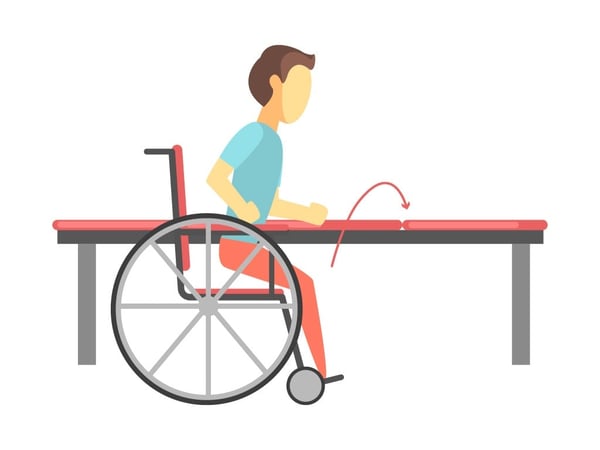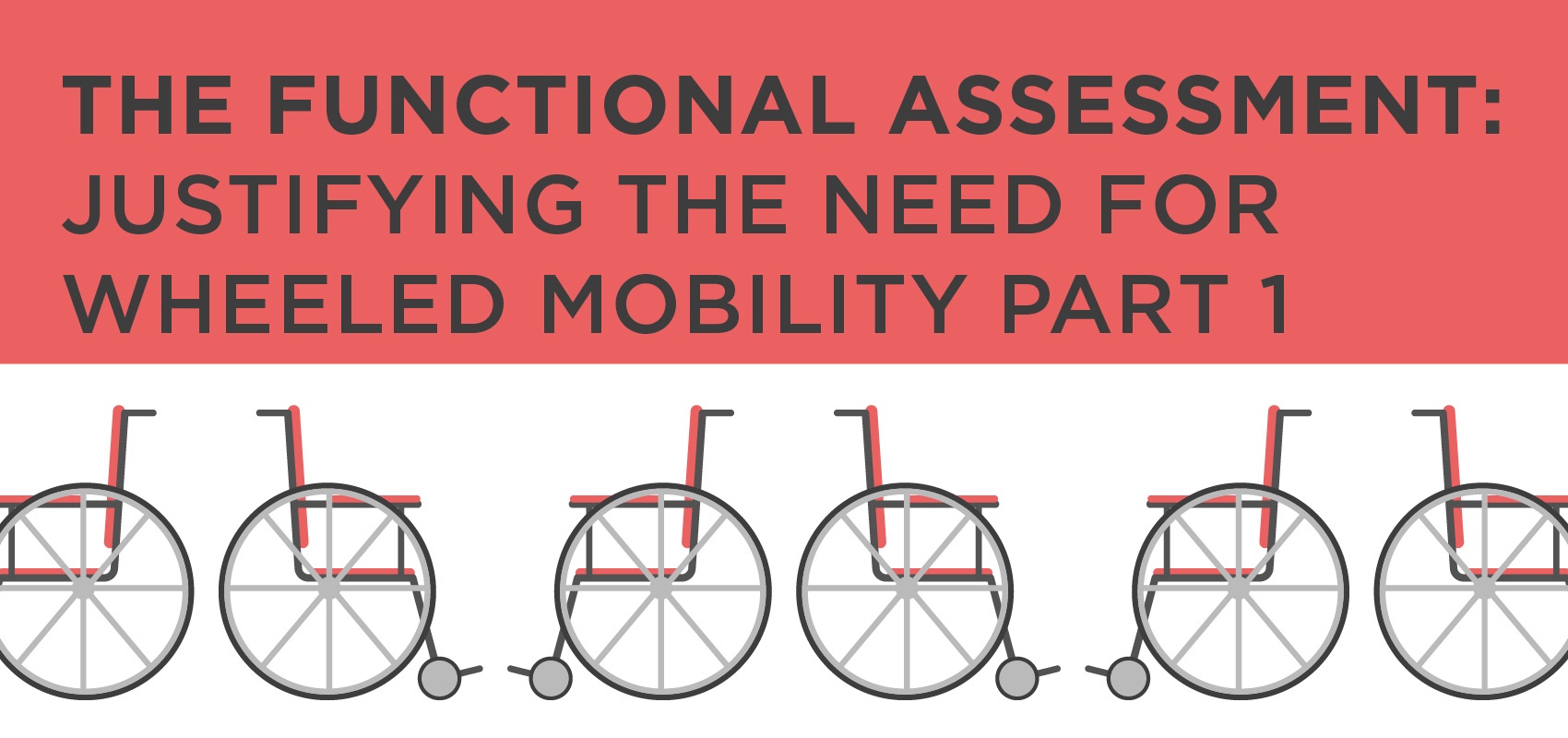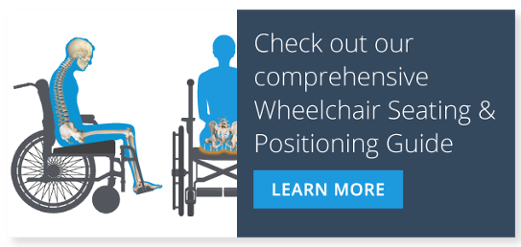Part 9 in our series A to Z Considerations for Seating & Wheeled Mobility: A Quick Reference Clarifying Confusion Around CRT. See Part 1, Part 2, Part 3, Part 4, Part 5, Part 6, Part 7, Part 8, Part 9, Part 10, Part 11, Part 12, Part 13, Part 14, Part 15, Part 16, Part 17, Part 18, and Part 19. Need more information on Wheelchair Seating & Positioning? Check out our online resource Wheelchair Seating & Positioning Guide.
At this point in the process, you have completed your full physical assessment, taken your measurements, and you and the ATP have begun to discuss some possibilities regarding what mobility device may be appropriate for your client. Now, it is time to evaluate the patient and determine what level of wheeled mobility by completing a functional assessment in order to identify what piece of mobility equipment is most appropriate for your client and to support the justification of the selected equipment.
| *Tip: Remember, you have to rule out all lower cost alternatives. According to Medicare guidelines, this includes ruling out the ability to safely utilize a cane/walker and ruling in the ability to safely utilize an optimally configured manual wheelchair (if not, rule this out), a scooter/POV (if not, rule this out), a group 1 power wheelchair (if not, rule this out), a group 2 power wheelchair (if not, rule this out), or a group 3 power wheelchair to complete functional tasks and MRADLs WITHIN the home. |
In a later post, we will go into more detail regarding the process for ruling out and ruling in specific mobility equipment, as well as how to document your findings in a way that payers will not only understand but also approve. Today, we are going to focus on the functional assessment as the next step in the decision-making process. All measurements should be taken while sitting on a firm, flat surface in the “ideal” posture the therapist is trying to accomplish for the patient.
What needs to be included in your functional assessment to necessitate wheeled mobility equipment?
First, you need to assess how your patient transfers both to and from the wheelchair as well as any other surfaces necessary to complete functional tasks and MRADLs:
- Is the patient independent in transfers? Or is assistance required from another person? If so, how much assistance is required?
- Can the patient perform a stand-pivot or a stand-step transfer? If so, do they require an assistive device to do so?
- Does the patient perform squat-pivot transfers? If so, we have to think about the client’s ability to remove or flip back the arm rest in order to safely complete this style of transfer.
- Does the client utilize a lateral scooting technique to get from one surface to another? If so, do they require a sliding board to do so? Again, we have to think about the client’s ability to remove or flip back the arm rest in order to safely complete this style of transfer.
- Is the client dependent and requires a manual lift for transfers? There may be certain features we want to ask for on the wheelchair to improve the caregiver’s safety and ability to perform transfers using a dependent lift i.e. tilt in the chair.
- What are the heights of the various surfaces your client needs to transfer on and off of on a daily basis? Be sure to think through all of the surfaces your client needs to access in order to be functional i.e. toilet, shower seat, bed, car, etc.
- Does your patient require level surfaces for safe and/or independent transfers? Or, are they capable of transferring up and down inclines while maintaining the same level of independence?

| *Tip: How the client transfers may guide you towards the correct device. For example, we can rule out a scooter for many clients based on the type of transfer that would be required to safely get in and out of that type of device. Also, think about the height of the wheelchair; if your client requires level surfaces for independence with transfers, perhaps we need to be thinking about a power wheelchair that offers a seat elevator feature. |
After you complete a functional evaluation of transfer methods, if your client is capable, you must assess ambulation. In our next post in this series, we will dive into how to effectively rule this out as a means of mobility in order to justify the need for wheeled mobility.

Lindsey Sharpe, PT, DPT
Lindsey Sharpe graduated with a BA in Exercise and Sport Science from the University of North Carolina at Chapel Hill in 2007 and with her Doctor of Physical Therapy from Elon University in 2010. Lindsey was a practicing clinician for seven years primarily focusing on neurological conditions and wheelchair seating and positioning.
Lindsey was first introduced to wheelchair seating and positioning during her time on the spinal cord injury team at the University of Virginia's acute rehab hospital where she discovered her interest in and passion for this niche in the therapy world. Lindsey went on to open a brand-new seating clinic with Carolinas Healthcare System in Concord, NC where she advanced her knowledge and skills performing both inpatient and outpatient seating evaluations for clients of all ages having a variety of diagnoses.

